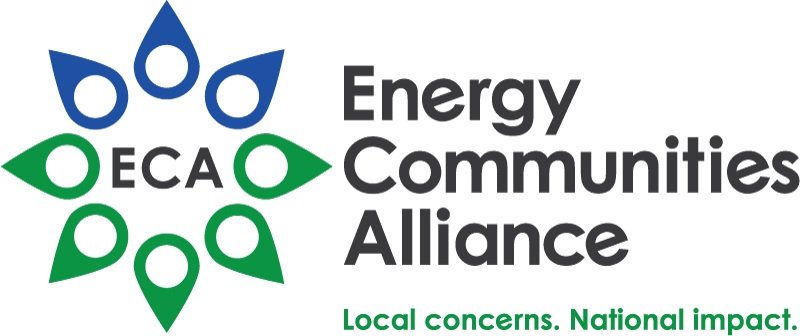GAO RELEASES REPORT ON HOW DOE EM CAN SAVE BILLIONS IN THE CLEANUP MISSION
The Department of Energy's (DOE) Office of Environmental Management (EM) is responsible for cleaning up and disposing of nuclear waste from 15 federal sites, known as the EM complex. EM primarily manages four types of nuclear waste: low-level radioactive waste (LLW), transuranic waste, high-level radioactive waste, and spent nuclear fuel. EM develops estimates of the amount of each type of waste that it expects to dispose of to complete its cleanup work. However, according to the Government Accountability Office (GAO), EM's estimates include significant uncertainties. For example, waste amounts could vary depending on the future cleanup approaches selected.
EM has multiple disposal options for LLW, including six DOE facilities and two commercial facilities. In a recently published report, GAO's analysis found that EM's disposal needs exceed these facilities' current capacity and future expansion will be required. Further, transuranic waste currently has only one disposal option—the Waste Isolation Pilot Plant in New Mexico—and additional future transuranic waste could nearly exceed the facility's capacity. High-level radioactive waste and spent nuclear fuel have no existing disposal option and will require the siting of a new deep geologic repository.
EM headquarters delegates disposal decisions to individual cleanup site officials and supports them as needed. However, EM has not assessed opportunities to optimize complex-wide disposal decisions—GAO has previously found that EM could save billions of dollars by considering alternate disposal plans for certain waste. EM has also not developed an integrated waste disposal plan to address factors affecting EM's ability to complete its cleanup mission.
EM officials told GAO they have not assessed complex-wide strategic alternatives to current disposal plans because regulatory constraints limit alternatives. However, the use of models, such as optimization models, could reduce the costs of EM's cleanup mission by billions of dollars. By developing a complex-wide plan, EM will be better able to address interrelated issues across its 15 sites and identify opportunities to address regulatory constraints. Moreover, implementing its disposal plan will likely require EM to negotiate with multiple regulators to revise agreements at different sites. By leveraging modeling and integrated planning, EM would be better positioned to engage with regulators in a complex-wide forum to ensure that each waste stream is disposed of in a cost-effective manner that protects human health and the environment.
To read the full report, click here.
To read a one-page summary of the report, click here.
